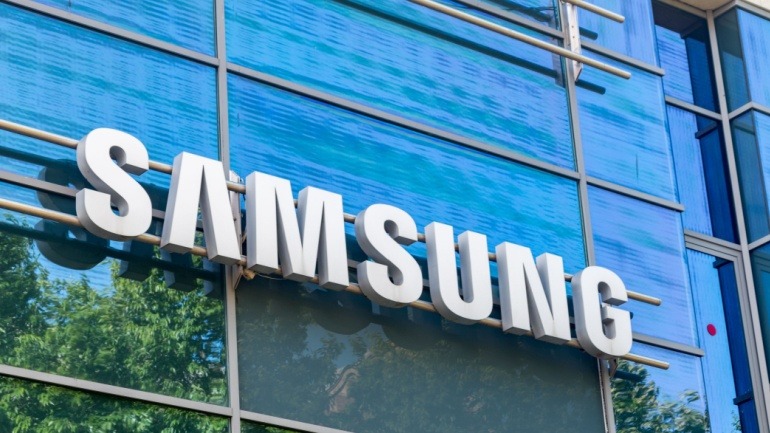Deutsche Telekom plans to phase out its 2G network by June 30, 2028, opting to reallocate the current 2G spectrum for enhancing its 4G and 5G networks. The company emphasizes the benefits of robust data transmission for consumers, particularly in rural areas. This shift aligns with their goal to enable fast data services widely.
According to the company, over 97% of Germany can access their 5G network, with projections reaching 99% by 2025. By utilizing the 900 MHz spectrum currently set aside for 2G, both 4G and 5G services will see improvements. Particularly in areas currently limited to 2G, there will be expanded 4G/5G coverage through network enhancements.
Abdu Mudesir, CTO at Telekom Deutschland, stated, “With the 2G frequency spectrum that is being released, we can further improve our network.” Following the 2G shutdown, phones not equipped with 4G capabilities will become obsolete.
Recently, Deutsche Telekom announced it operates 12,800 5G antennas in 950 cities, transmitting in the 3.6 GHz band. They anticipate launching their 5G Standalone (5G SA) service this year. The CEO of Telekom Deutschland, Srini Gopalan, has indicated that they will extend 5G SA to private consumers, with their business customers already utilizing features like network slicing.
The 3.6 GHz frequency connects almost exclusively with a high-speed 10 Gbps transport network via fiber optics. This frequency complements existing 5G services in the 700 MHz and 2.1 GHz bands, already active nationwide. Especially in densely populated areas, these frequencies facilitate high-speed downloads and reliable mobile coverage.
Additionally, Deutsche Telekom introduced private 5G capabilities using millimeter wave (mmWave) spectrum at 26 GHz in Germany. This spectrum offers impressive performance metrics, including round-trip latencies of three to four milliseconds and significant bandwidth speed. Nevertheless, this spectrum provides limited coverage range, but offers exceptional bandwidth for specific local applications, such as industrial settings.







